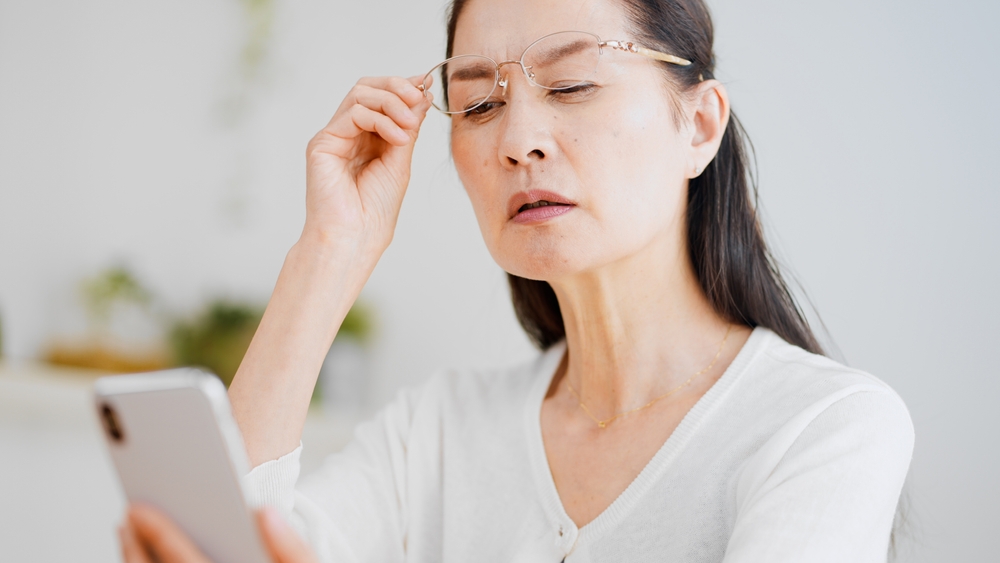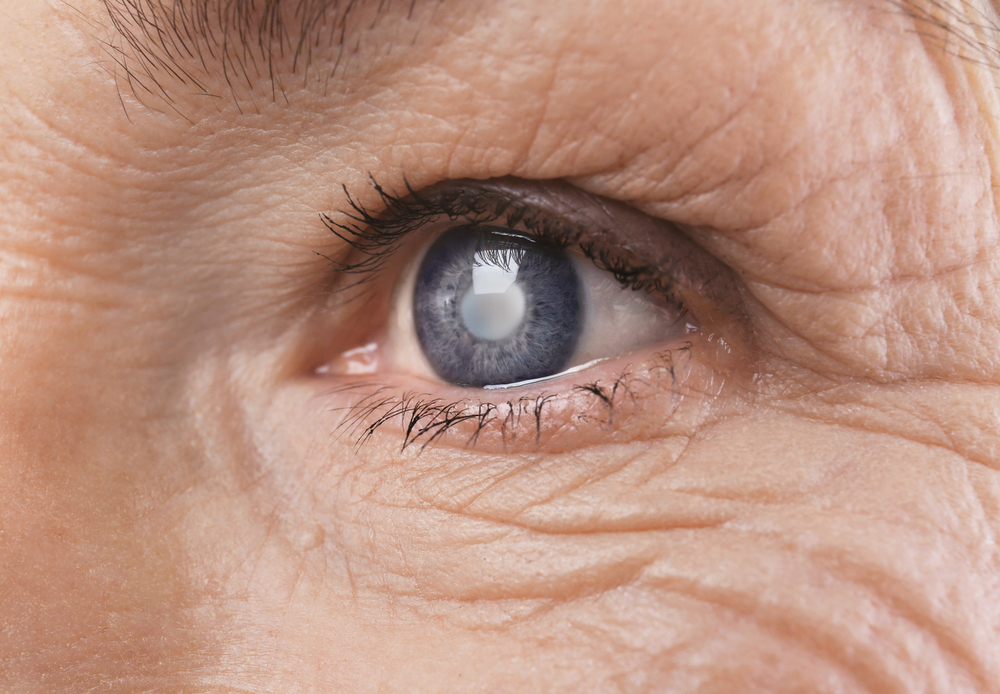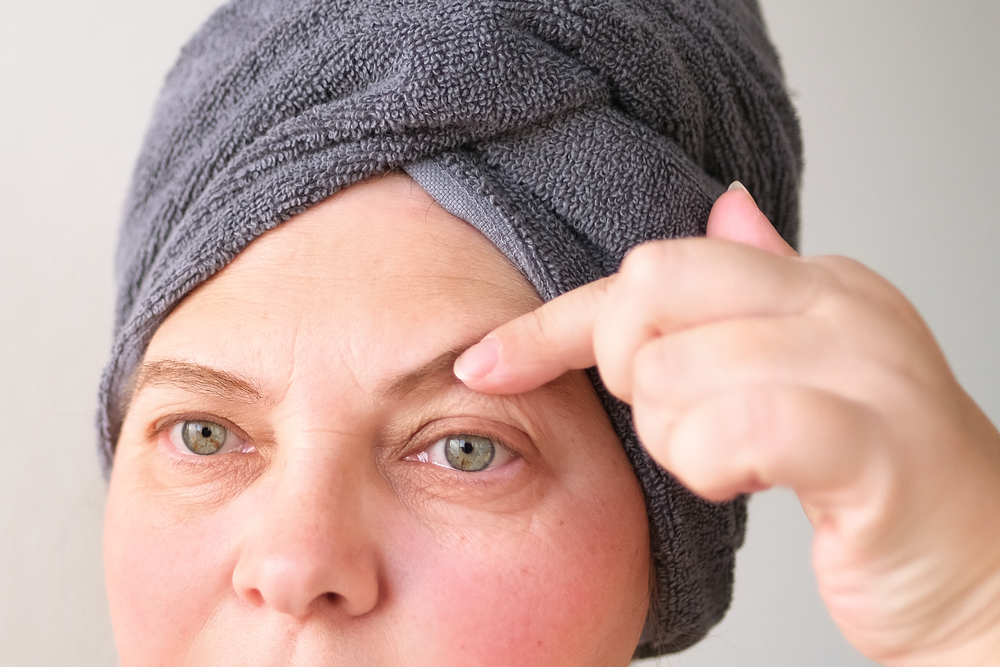What Eye Conditions Are Commonly Associated with Age?
October 13, 2023
While most people would like to be young and healthy forever, changes to the body that come with aging are inevitable. These changes affect not just the elasticity of your skin and the shape of your body but also the quality of your vision and the health of your eyes!
If you are over the age of forty, you may have already started to experience some of the most common eye conditions that are associated with age. For instance, you may suddenly find that you need readers to clearly see texts on your phone or find it more challenging to drive at night.
To understand more about what can cause these changes as you age, keep reading to learn some of the most common eye conditions associated with aging!
Presbyopia
 Presbyopia is the most common age-related eye condition. Presbyopia occurs as the lens of your eye loses flexibility, making it difficult to focus on close objects.
Presbyopia is the most common age-related eye condition. Presbyopia occurs as the lens of your eye loses flexibility, making it difficult to focus on close objects.
If you are already near-sighted, you may find your near-vision worsening, while if you are far-sighted, you may now have difficulty seeing both near and far without using vision-correcting eyewear.
Presbyopia is often the first indication that your eyes are beginning to be affected by the aging process. While it is usually mild at first, it generally will gradually worsen over time.
Flashes and Floaters
While seeing flashes or floaters can be signs of more serious eye disease, they are often just a result of the normal aging of your eyes. Both are caused by changes in the vitreous, which is the gel-like substance within your eye that can shrink as you age.

Flashes occur when the vitreous pulls on the retina. Floaters are caused by small clumps of detached proteins floating around the vitreous, becoming visible when they block light entering the eye.
While they can be annoying or alarming, flashes and floaters are usually harmless. Most often the only treatment advised for them is patience during the time it takes for your eyes to adjust to them.
However, since these can be symptoms of a vision-threatening eye condition called retinal detachment, it is important to visit your eye doctor right away if you notice any new flashes or floaters.
Dry Eye Syndrome
Dry eye syndrome is another eye condition that is often seen in older adults. Sufferers of dry eye syndrome often report symptoms like stinging or burning eyes, a shortage (or even an abundance) of tears, or feeling like they have something stuck in their eye that they can’t get out.
Dry eye syndrome occurs when your eye does not produce enough high-quality tears to keep your eyes properly lubricated. As you age, your tears contain less of the naturally occurring oils that keep your eye moist.
If left untreated, dry eye syndrome can threaten the quality of your vision. While it primarily causes eye discomfort, chronic dry eyes can lead to eye infections or damage to the surface of your eye.
Cataracts

Cataracts are another very common eye condition that primarily occurs in older adults. Untreated cataracts are one of the leading causes of partial or total vision impairment worldwide.
Cataracts happen when proteins in your eye break down and clump together on the lens of your eye, blocking light from entering. Gradually, these clumps accumulate into a mass, leading to vision impairment.
Individuals who have been diagnosed with cataracts report symptoms like clouded vision, blurry or distorted vision, decreased night vision, and increased sensitivity to bright lights and glare. As cataracts advance, they can cause the pupil of your eye to appear milky white or pale yellow.
Glaucoma
Glaucoma has been called the “silent thief of sight” because individuals are often not diagnosed with the condition until some vision loss has already occurred. It is usually asymptomatic in its early stages, leaving you unaware that you have this vision-threatening condition until it has progressed to a more advanced stage.
Glaucoma occurs when the fluid in your eye, also known as the aqueous humor, does not drain properly and causes a build-up of pressure within your eye. This pressure causes permanent damage to your optic nerve, impacting the quality of your vision.
Most people diagnosed with glaucoma report that glaucoma first affects their peripheral vision or causes blind spots in particular areas of their field of vision. There are treatments available that can slow the progression of glaucoma, but left untreated, it usually leads to total vision loss.
Age-Related Macular Degeneration (AMD)
Age-related macular degeneration is a leading cause of blindness in older adults. AMD affects the macula, which is the small area in your retina that is responsible for central vision.
While there are two types of AMD, the most common is dry macular degeneration. Dry macular degeneration is caused by the thinning and atrophy of cells within the macula.
Less common is wet macular degeneration, which is caused by the growth of abnormal blood vessels in the macula. Wet macular degeneration can cause sudden, severe changes to your vision and often requires treatment.
Drooping Eyelids

As you age, the thin skin on your eyelids can stretch, causing an excess of skin, which can impair your ability to see freely in all directions. This condition is called ptosis, and it can occur on both your top and lower eyelids.
While you may think of drooping eyelids as merely a cosmetic issue, the condition can also impair your vision. Excess skin can droop to the point where it can obscure your range of vision, creating dangerous blind spots.
The most effective treatment for drooping eyelids is a surgical procedure called a blepharoplasty. During this procedure, your eye surgeon permanently removes excess skin and fat, restoring your full field of vision and making your eyes appear more clearly defined and alert.
While many of these eye conditions may seem like an inescapable part of getting older, there are steps you can take to protect the health of your eyes and the quality of your vision as you age. Taking proactive steps like scheduling regular comprehensive eye exams, familiarizing yourself with the signs and symptoms of common eye conditions, and committing yourself to a healthy lifestyle can help you enjoy a lifetime of eye health and clear vision!
Is it time for you to have an eye exam? Schedule an appointment at Chesapeake Eye Care and Laser Center in Annapolis, MD, today!



